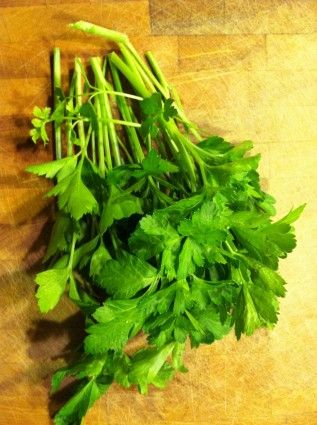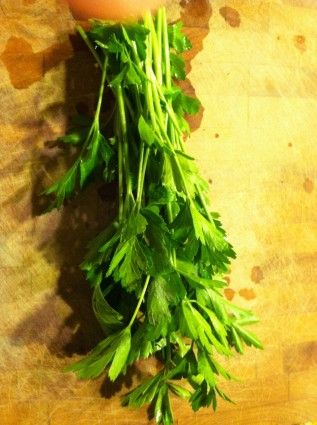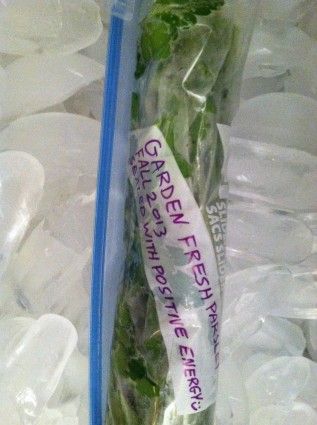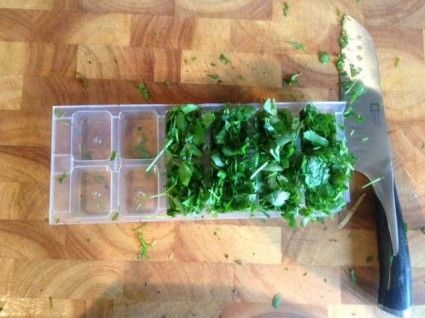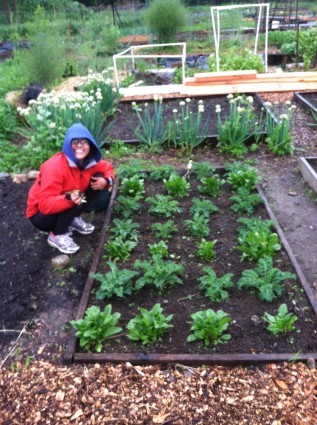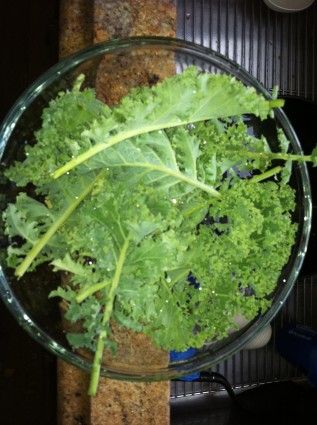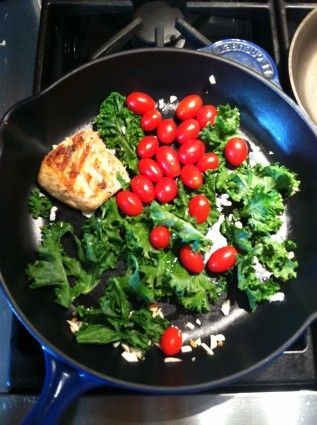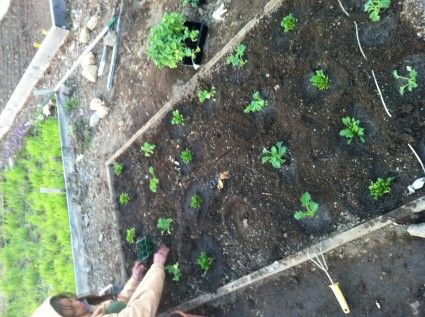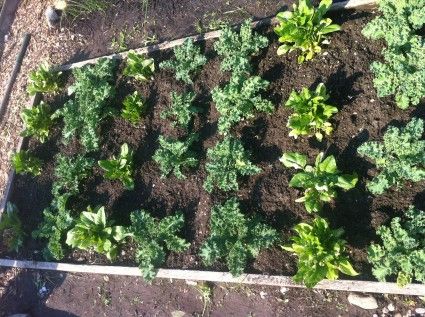Three Creative Ways to Store Fresh Herbs During Winter
How to Store Fresh Herbs During Winter
No one likes paying $3-4 USD for herbs in the winter. And most of us prefer not to buy and consume herbs that have traveled thousands of miles in the back of a truck or bottom of a boat before reaching us. And if you’re like us you might have the “problem” of an overabundance of herbs in your garden at the end of harvest season. What’s one to do with an herb surplus when temperatures reach 35 degrees Farenheit (1 degree Celcius)? Well, this is a good problem to have. You have a few options:
- Dig the plants out of the garden, place them securely in a pot and bring them inside until next season
- Freeze your remaining crop and tap into your fresh herbs all winter
- A combination of both options
The first option of digging the plants out and bringing them inside requires careful transporting and a window with a lot of light. This option often results in a quick death (~1 month) of your herbs and a high electricity bill.
How Can I Store Fresh Herbs During Winter?
As for the second option, you wrap your garden fresh parsley in a sealable plastic bag, effectively forming a “parsley stick.” Be sure to remove as much air from the bags as possible. Whenever needed, you can remove the frozen parsley sticks.
Here are pictures of me washing, storing, and freezing a “parsley stick.”
Whenever you’re ready to use the parsley, remove it from the bag and cut your desired portion from your parsley stick and put the remainder back in the freezer for later use.
Another method is what I like to call “parsley popsicles.” Fill an ice tray with parsley and add water on top. A good ratio is 90% parsley and 10% water. You essentially create “parsley popsicles.” When you’re ready to use the herbs, just pop the ice cubes out of the tray and let them melt or pop the cubes right into a soup or stew. Thank you to our friend Gerri for the tip on this method. She’s been gardening for years and effectively uses the parsley popsicle method each year.
So what approach will we take? We’re going to freeze most of our parsley, mint, and rosemary but we’ll also keep a portion of it alive in a pot inside. For new gardeners, it’s important to experiment. Experiment (whether failed experiment or not) is the best teacher. We’ll keep you posted on our progress. 🙂
Note: It’s best to use frozen parsley in dishes that are independent in the aesthetic aspects of parsley. In other words, use frozen parsley in stews, shakes, soups and marinades but do not use as a garnish since it doesnt look as beautiful as fresh parsley.
All of these options present viable winter season options for organic, local, low cost, home grown herbs, as opposed to store bought mystery herbs. The same method can be applied to other herbs such as cilantro, rosemary, thyme, and mint. Happy storing! 🙂
